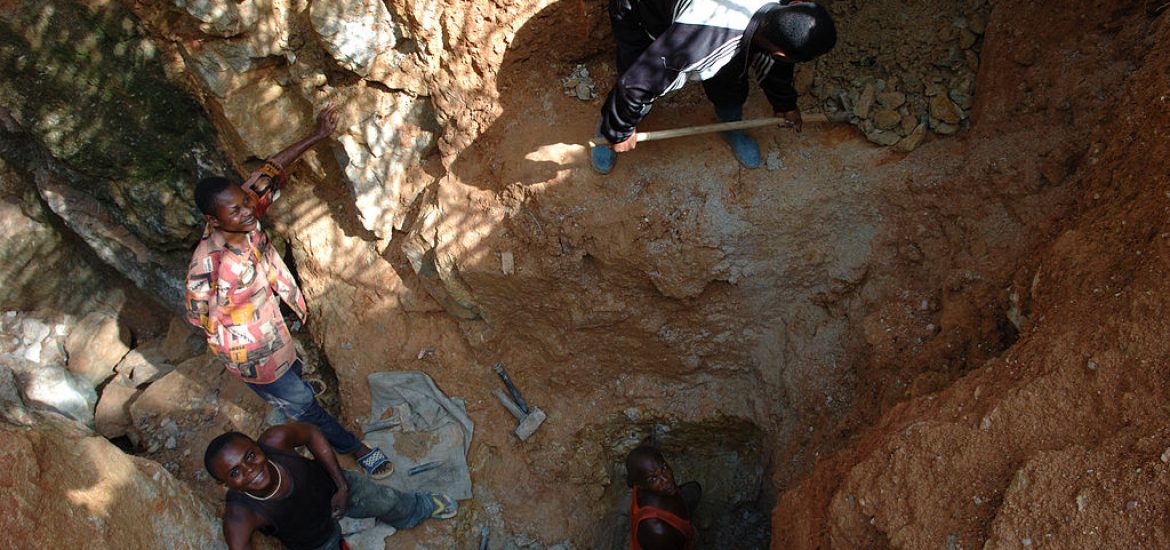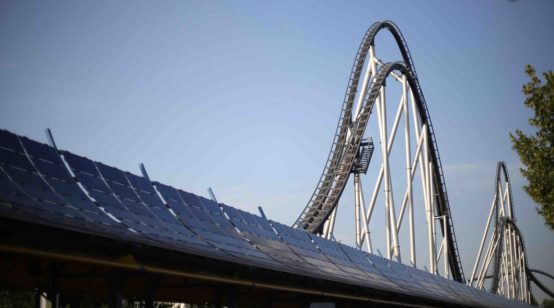
US researchers say they have made a lithium-ion battery that uses manganese as the cathode material instead of cobalt or nickel, as is traditionally used and are more expensive and limited.
Most lithium-ion cathodes use cobalt or nickel because they keep structures layered and ordered.
Lithium-based batteries use more than 50 per cent of all cobalt mined in the world.
About 50 per cent of cobalt comes from the Congo, where it is largely mined by hand and often by children. A US study using other metals in lithium batteries has reportedly built cathodes with 50 per cent more lithium-storage capacity than conventional materials.
Since 2014 a team at Massachusetts Institute of Technology (MIT) led by Gerbrand Ceder showed that lithium-ion batteries with a disordered structure could work as long as they contained enough lithium, opening up the possibility to use other materials.
MIT, the University of California and Lawrence Berkeley National Laboratory say they have now developed a lithium-ion battery with a disordered manganese-based cathode, and shown that it could potentially hold a greater charge than cobalt or nickel.
When a battery is charged, lithium ions are pulled from the cathode to the other side of the battery cell, called the anode. The absence of lithium in the cathode leaves space and most metal ions would fill the space, which would cause the cathode to lose structure. But cobalt is one of the few elements that will not move around under those conditions, making it key to most batteries.
“Our idea was that if we could make cathodes where we don’t care about layering, we could use a much broader spectrum of metals,” said the study’s author Jinhyuk Lee of MIT. “We decided to go for manganese as it is one of the cheapest metals available.”
Manganese is used in layered lithium-ion battery cathodes but only as a stabilising metal rather than for electron storage.
Other attempts to construct cathodes from disordered manganese and other metal oxides have become unstable and lose capacity due to too much oxygen redox activity when lithium ions move from the cathode to the lithium-based anode while charging.
“While further improvements in cycle stability are needed for practical applications, the reported strategy holds great promise and allows for a broad exploration of various high valent cations,” said Gleb Yushin of the Georgia Institute of Technology. “The need to reduce cell voltage to very low values may create a barrier for applications of the reported technology to electronic devices, but should not be a big deal for automotive applications.”
Congo is exploited its raw materials. Picture credit: Wikimedia





